Laureus Special Feature: How can Sport deliver peace?

July 8, 2014
By Ned Wills
Many people who studied any sort of history at school will no doubt have come across the famous story of the two opposing sides during WW I laying down their weapons to play in a Christmas game of football in the no man’s land separating the two sides.
In the 21st Century we face a new conflict between ideologies, religions and ways of life, which are difficult to understand because of the inter-connected global society in which we live and work. Against a backdrop of global financial decline, debate rages about the protection of security spending particularly in the UK to tackle this threat. It is the MO of governments to tackle every challenge to world security with the consideration of military support whether direct or indirect. This often flies in the face of public opinion. But at the same time, the new conflict is so diverse and on so many fronts that they struggle to identify who it is they’re fighting let alone where assets should be deployed.
The world watched in shock at the events at the Westgate mall in Nairobi last year, as terrorists from Al-Shabbab attacked a shopping mall frequented by middle class Kenyans and expats alike. Threats of violence around Kenya's elections last year were thwarted largely by a public still sore from the wounds of inter-ethnic violence which marred the 2008 elections. The problems highlighted by these two events bubble beneath the surface still, regardless of whether the world's media spotlight has moved elsewhere.
What is the alternative? How can we learn the lessons from a history of conflicts past to find new ways to tackle today's global security challenges? Can we use sport, so effectively used in the past, on a grander scale to augment other security efforts, particularly in a pre-emptive fashion?
I have been lucky to have had an involvement with a number of programmes particularly focussed on using sport as a tool to promote peace. These projects largely operate on the basis of a single understanding. If kids can play sports together, then in later life they will be able to work together to peacefully resolve differences with a mutual respect and understanding.
Unfortunately, proving causality in the value of investment in ensuring that something hasn’t happened is a tough challenge. However these projects continue their work trying to engage young people from disaffected and often poor communities (the very communities which are often mobilised first in political or ideological pursuit of violence) to set the foundations for the avoidance of conflicts in the future.
Take PeacePlayers International. The programme uses basketball as a tool to bring together conflicted communities in some of the oldest conflict hotspots in the world. PPI works with Israeli and Palestinian kids, with Catholic and Protestant kids, and with Greek and Turkish kids, to demonstrate through sport that peaceful coexistence and understanding is achievable. Not only that, but with Laureus, they have defined a series of trainings which help those involved in other peace building and peacekeeping efforts to build community relations and calm community conflict using their experiences from working in communities around the world challenges by long standing and embedded conflict.
When I first joined Laureus in 2007, my early review of supported projects identified wheelbarrows and brooms amongst the equipment the Sport for Good Foundation were paying for at the Mathare Youth Sports Association programme in the slums of Nairobi. This programme which uses football to inspire and educate over 20,000 young people growing up in the slum, unites the community through football in a common purpose to take responsibility for the community and environment in which they live. During the violence of 2008, it was MYSA who became the safe haven for hundreds of poor youth and their families fleeing the violence which was erupting between different tribal communities across the country. Similar to the partnership with PPI, Laureus has encouraged and partnered with MYSA to develop trainings to teach other communities about their approach summarised in their founding principles – You do something, MYSA does something – You do nothing, MYSA does nothing.
Ahead of the 2013 elections, when tensions were again beginning to rise along tribal lines, MYSA initiated the Peace Cup, designed to highlight the peaceful coexistence between communities of different tribe, religion and culture. This manifested itself every weekend in thousands of young people taking part in MYSA organised football league games.
So successful has the approaches of these programmes been that using the newly developed training, these programmes have been training others communities in Kenya and around the world to adopt sport as a tool to promote peace.
At a time when the majority wish to continue peaceful lives in mutual coexistence and respect for one another, more investment is needed in targeted sport programmes to ensure that communities have a route to dialogue which doesn’t start with ‘how many boots on the ground?’
As more and more conflicts arise around the world – recently even on the borders of Europe – should sport be considered part of defence department spending? Or are we seeing the emergence of International Development budget as a tool of defence strategy?




